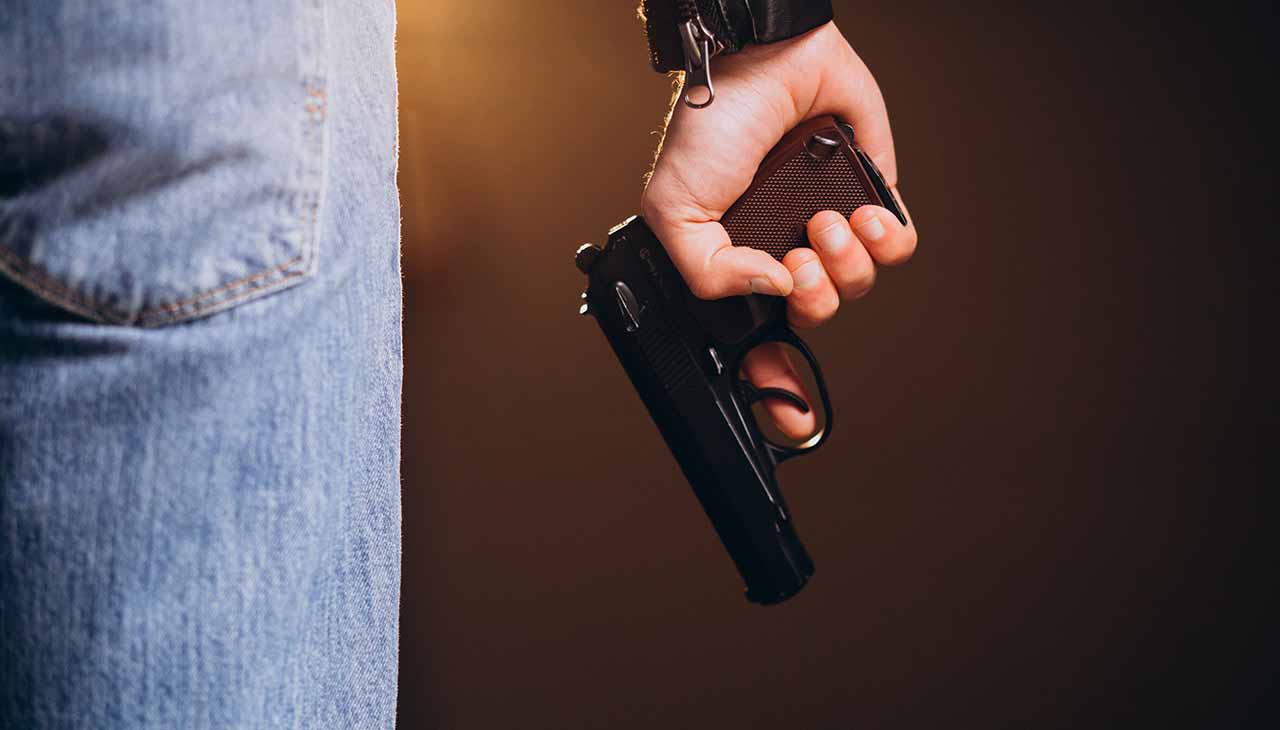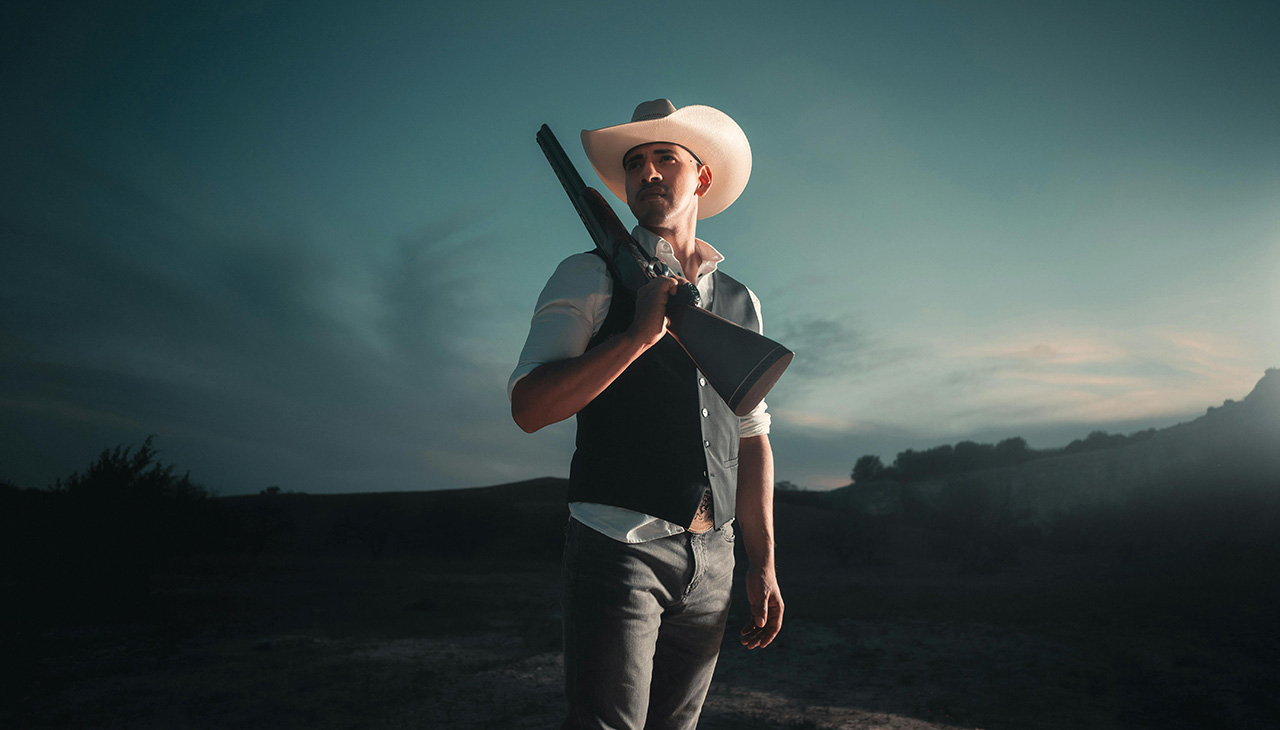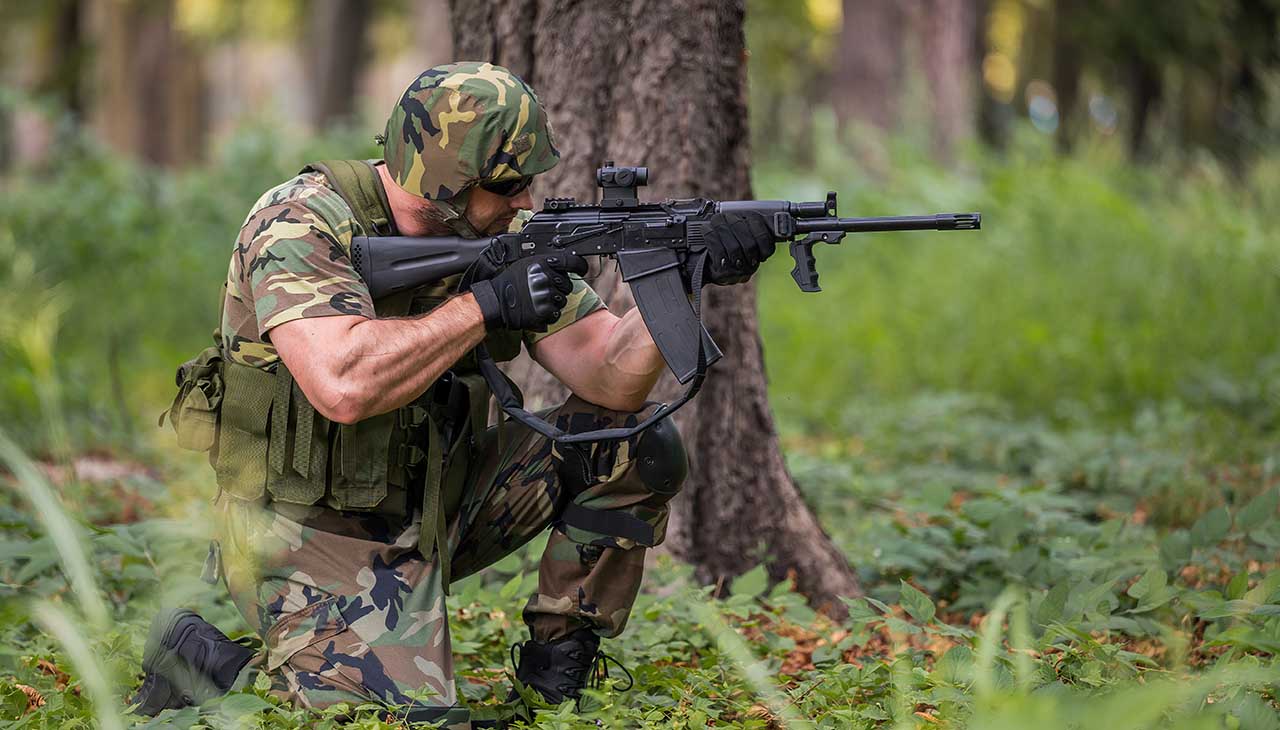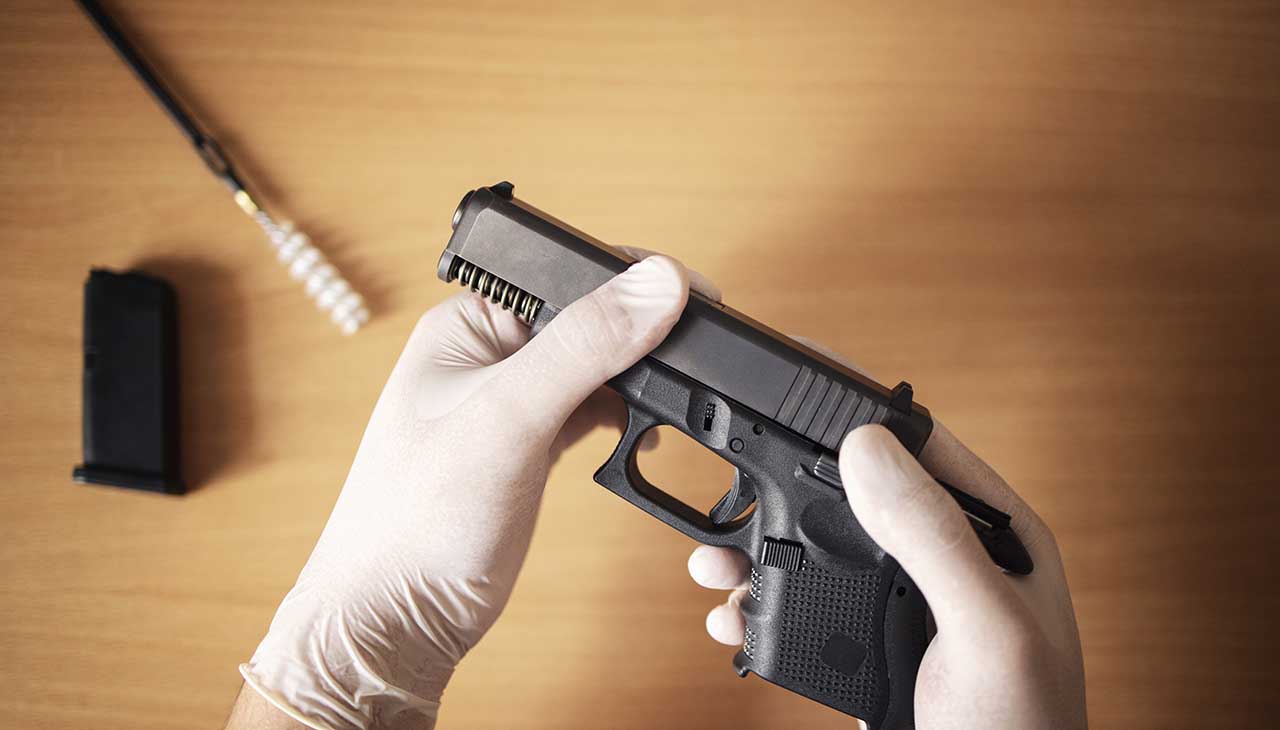Precision shooting demands not only skill and patience but also a deep understanding of the interplay between the shooter, the equipment, and the environment. This sport, or art as some may call it, involves various techniques and specialized gear designed to enhance accuracy and consistency. Whether pursuing competitive shooting, hunting, or simply aiming to improve marksmanship, understanding the foundational principles behind precision shooting is essential. This guide aims to explore the key techniques and equipment that can help shooters increase their accuracy, covering everything from the basics of proper stance and sighting to the selection of the right firearms and accessories.
Fundamentals of Precision Shooting
The bedrock of precision shooting rests upon mastering the basics of marksmanship, with particular emphasis on proper stance, grip, sight alignment, breathing techniques, and trigger control. A proper stance is the foundation, offering balance and stability, while a firm yet gentle grip aids in controlling the firearm. Sight alignment is crucial as even minor deviations can greatly impact accuracy. Furthermore, controlled breathing techniques help in minimizing movement, stabilizing the shooter for the moment of firing. Trigger control, the act of smoothly pressing the trigger without disturbing the firearm’s alignment, is critical for preventing inaccuracies at the moment of discharge. Together, these elements form a synergy that is vital for achieving precision in shooting.
Advanced Shooting Techniques
Beyond mastering the basics, precision shooters often turn to more advanced techniques to push the boundaries of their accuracy. Two such techniques are the development of a strong follow-through and the maintenance of intense focus. Follow-through involves continuing to aim and hold the firearm steady even after the shot is fired, ensuring that any involuntary movements are minimized during the recoil process. This technique is crucial for maintaining consistency across multiple shots. In terms of focus, precision shooting demands a high level of concentration, where the shooter must remain mentally present and fully aligned with their intent, from the moment of aiming to the follow-through.
Equally important is the concept of utilizing a natural point of aim (NPOA). This involves adjusting one’s position so that the sights naturally align on the target without muscular tension. By finding and utilizing their NPOA, shooters can significantly reduce fatigue and improve their accuracy over extended periods.
Lastly, advanced sight picture techniques involve not just aligning the sight properly but also understanding the subtle ways in which light, shadow, and distance can affect perception. Precision shooters learn to compensate for these variables, developing an intuitive sense of how to adjust their aim based on the environment and the target’s characteristics. This advanced level of mastery over sight picture is what often distinguishes the good shooters from the truly exceptional ones.
Equipment for Precision Shooting
Choosing the right equipment is as critical to precision shooting as mastering the techniques. Central to a shooter’s arsenal is the rifle itself, with options ranging from bolt-action rifles known for their reliability and accuracy, to semi-automatic models favored for quicker shot sequences. The selection of a rifle should be based on its intended use, caliber, ergonomics, and compatibility with accessories. Scopes, too, are indispensable, offering magnification and reticles tailored to shooting distances and conditions. A quality scope not only enhances accuracy but also provides clarity and durability under various environmental conditions.
Ammunition selection is equally pivotal, with precision shooters often opting for match-grade rounds known for their consistency and ballistic performance. The right ammunition can significantly influence a shot’s trajectory and impact precision.
Accessories like bipods provide stability, especially for long-range shooting, by supporting the rifle and reducing fatigue. Slings, on the other hand, aid in carrying the firearm and can also be used to create tension that stabilizes the rifle during a shot. Shooting mats offer comfort and cleanliness for prone shooting positions, contributing to a shooter’s overall focus and endurance.
Customizing equipment to fit individual needs is an essential aspect of precision shooting. This can range from adjusting the trigger pull weight to custom fitting the stock for better ergonomics. Such customizations ensure that the shooter can maintain a comfortable, stable, and consistent position throughout the shooting process, directly influencing accuracy and performance.
Optics and Ballistics
Understanding Optics and Their Impact on Accuracy
Optics play a crucial role in precision shooting, serving not just as a means to bring distant targets into clear view, but also as a tool to accurately measure and adjust for various shooting conditions. High-quality scopes are equipped with features that allow shooters to adjust for windage (horizontal adjustment) and elevation (vertical adjustment), essential for compensating for bullet drop and wind drift over long distances. The quality of the glass, the precision of the reticle, and the reliability of the adjustment mechanisms all contribute to the overall effectiveness of a scope in enhancing shooting accuracy. Understanding how to utilize these features effectively can mean the difference between hitting and missing a target.
Discussing the Basics of Ballistics and Bullet Trajectory
Ballistics, the science of projectiles in motion, is fundamental to precision shooting. Two main aspects of ballistics affect bullet trajectory: internal ballistics, which deals with the behavior of a bullet in the barrel after the trigger is pulled, and external ballistics, which concerns the bullet’s path to the target. Factors such as bullet weight, shape, and composition, along with the barrel length and the propellant’s force, significantly influence a bullet’s speed, stability, and accuracy. Understanding the basics of ballistic coefficients and how they reflect a bullet’s efficiency in overcoming air resistance provides shooters with insights into selecting the appropriate ammunition for their intended shooting scenarios.
Exploring the Role of Windage and Elevation Adjustments
The ability to adjust for windage and elevation is paramount in precision shooting, especially over longer distances where wind currents and gravity noticeably affect the bullet’s path. Windage adjustments compensate for horizontal shifts caused by crosswinds, while elevation adjustments account for bullet drop due to gravity. Mastering the use of these adjustments necessitates not only a firm grasp of ballistics but also real-world experience in judging distances, wind speeds, and angles. Scopes with precise, repeatable adjustment dials allow shooters to make these corrections with confidence. Regular practice in varying conditions helps shooters develop the intuition needed to gauge the necessary adjustments quickly and accurately, ensuring that each shot counts.





